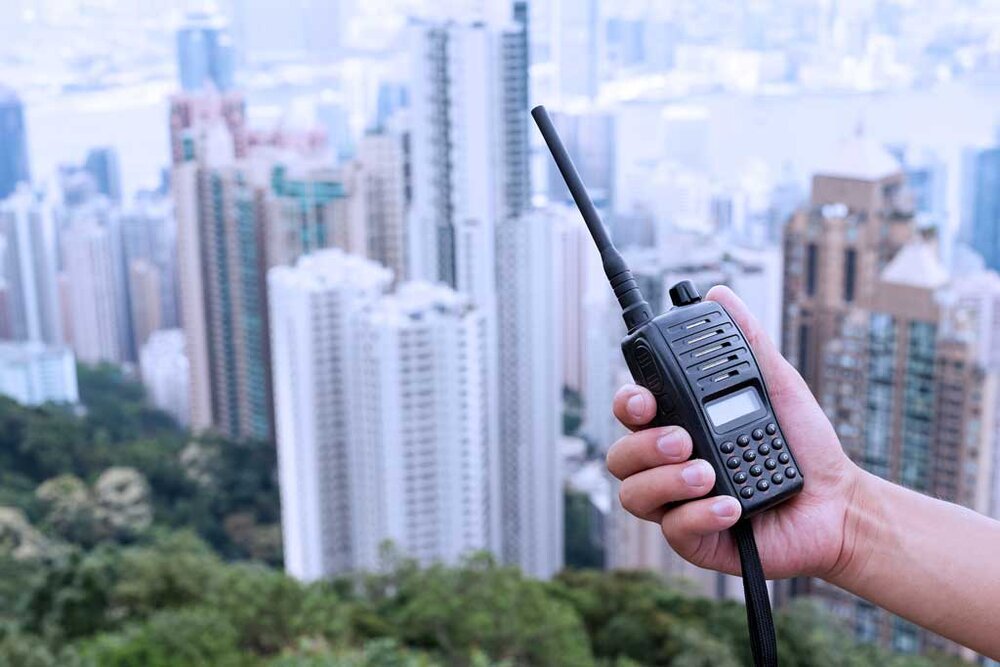Crossword puzzles have long been a beloved pastime for many, challenging minds and providing entertainment in equal measure. However, for some, solving crosswords can be a daunting task, especially when faced with limited time or resources. Traditional methods of solving often involve poring over clues and painstakingly filling in answers manually. But with the advent of text scanning technology, the landscape of crossword solving is undergoing a revolutionary transformation.
Introduction to Text Scanning Technology
Text scanning technology represents a breakthrough in the realm of puzzle-solving tools. Leveraging advancements in artificial intelligence and machine learning, text scanning algorithms are designed to swiftly analyze and interpret textual information, enabling users to quickly extract relevant data with unprecedented accuracy.
Evolution of Crossword Puzzles
Crossword puzzles, which originated in the late 19th century, have evolved considerably over time. From their humble beginnings in print publications to their modern-day digital counterparts, crosswords have remained a popular form of mental exercise and entertainment.
Challenges Faced in Traditional Crossword Solving
While traditional crossword puzzles offer a gratifying mental challenge, they also present certain limitations. Solvers often encounter obstacles such as time constraints, difficulty deciphering handwriting, and the need for extensive vocabulary knowledge.
Text Scanning Technology for Crossword Puzzles
Text scanning technology aims to address these challenges by providing solvers with a powerful tool for rapid information retrieval. By simply scanning the clues using a smartphone or tablet camera, users can instantly receive suggestions for potential answers based on the scanned text.
How Text Scanning Works
Text scanning technology employs optical character recognition (OCR) algorithms to convert scanned images of text into machine-readable data. These algorithms analyze the scanned text, identify key words and phrases, and generate a list of possible solutions based on the context of the crossword clue.
Benefits of Text Scanning Technology for Short Crossword Puzzles
Improved Accessibility for Solvers
Text scanning technology makes crossword solving more accessible to individuals of all skill levels, including those with limited crossword-solving experience. By providing instant assistance and guidance, this technology empowers users to tackle puzzles with confidence.
Enhanced Speed and Efficiency
Gone are the days of laboriously searching through dictionaries and reference materials. With text scanning technology, solvers can quickly generate potential answers and focus their efforts on solving the puzzle itself, resulting in a significant time savings.
Reduction in Errors
Text scanning algorithms are capable of accurately interpreting even the most obscure clues, minimizing the risk of errors or inaccuracies in the solving process. This increased accuracy ensures a smoother and more enjoyable solving experience for users.
Integration with Digital Platforms
Text scanning technology seamlessly integrates with digital crossword platforms, allowing users to solve puzzles on their preferred devices. Whether on a smartphone, tablet, or computer, solvers can access the benefits of text scanning technology wherever they go.
Increased Engagement and Enjoyment
By streamlining the solving process and removing barriers to entry, text scanning technology fosters greater engagement and enjoyment among crossword enthusiasts. Solvers can focus on the thrill of deciphering clues and completing puzzles without being bogged down by tedious manual tasks.
Future Implications and Innovations
As text scanning technology continues to evolve, the possibilities for its application within the realm of crossword puzzles are virtually limitless. From enhanced features such as real-time clue analysis to integration with virtual reality platforms, the future of crossword solving is bright and full of exciting possibilities.
Addressing Concerns and Skepticism
While text scanning technology offers numerous benefits, some may express concerns regarding its impact on the traditional crossword-solving experience. However, it’s important to recognize that technology is simply a tool—a means of enhancing, rather than replacing, the joy of puzzle-solving.
Conclusion
Text scanning technology represents a game-changing innovation in the world of crossword puzzles. By harnessing the power of artificial intelligence, this technology empowers solvers to tackle puzzles with newfound speed, efficiency, and enjoyment. As we look to the future, text scanning technology promises to usher in a new era of crossword-solving experiences, delighting enthusiasts and newcomers alike.
FAQs
- Is text scanning technology compatible with all types of crossword puzzles? Yes, text scanning technology can be applied to various types of crossword puzzles, including short-form puzzles commonly found in newspapers and online publications.
- Does text scanning technology require an internet connection to function? While some text scanning applications may benefit from an internet connection for additional features or updates, basic scanning functionality typically does not require internet access.
- Can text scanning technology recognize handwritten clues? Yes, many text scanning algorithms are capable of interpreting handwritten text, although accuracy may vary depending on factors such as handwriting quality and legibility.
- Are there privacy concerns associated with using text scanning technology? Text scanning technology operates locally on the user’s device and does not typically involve transmitting sensitive data over the internet. However, users should exercise caution when granting permissions to scanning applications.
- Is text scanning technology suitable for competitive crossword solving? While text scanning technology can provide valuable assistance to solvers, competitive crossword solving often relies on speed, skill, and strategy. As such, its utility may vary depending on the specific context of the competition.















